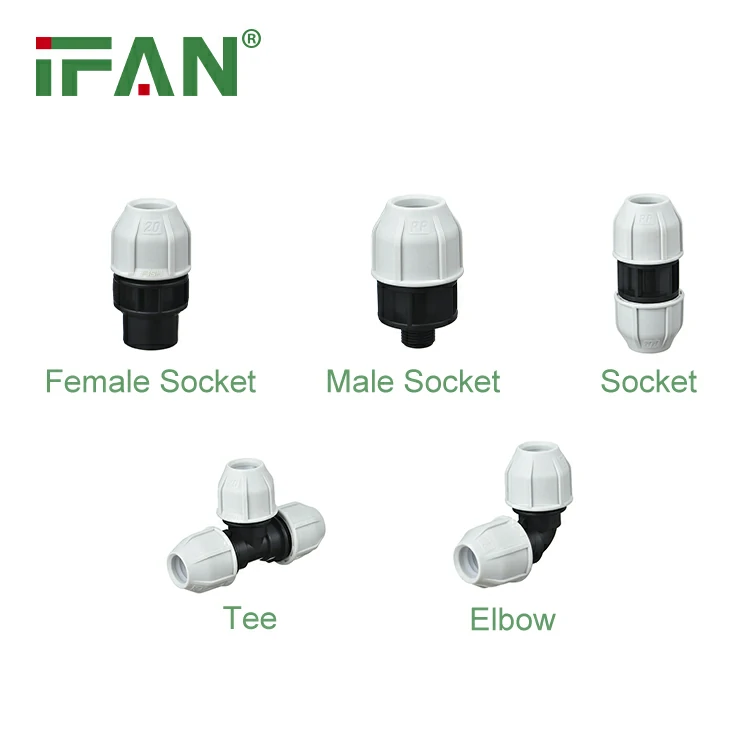Understanding Compression Fittings
A compression fitting is a versatile component used to connect pipes or tubes securely. It creates a leak-free seal without soldering or welding. Choosing the right size ensures proper functionality and prevents leaks. Understanding its purpose is the first step in selecting the correct size.
Identifying Tube or Pipe Size
The size of a compression fitting depends on the tube or pipe it connects. Measure the outer diameter (OD) of the tube accurately. Common sizes include 1/4″, 3/8″, and 1/2″. Matching the fitting size to the tube ensures a secure and effective connection.
Checking Manufacturer Specifications
Manufacturers provide detailed specifications for their compression fittings. These include size, material, and pressure ratings. Refer to the product description or packaging for accurate information. Following these guidelines ensures compatibility and reliability.
Using a Caliper for Precision
A caliper is a useful tool for measuring tube dimensions precisely. Measure the outer diameter of the tube to determine the correct fitting size. Accurate measurements reduce the risk of mismatched fittings. This step is especially important for custom or non-standard tubing.
Considering Application Requirements
Different applications may require specific sizes of compression fittings. For example, water supply systems often use 1/2″ fittings, while gas lines may require 3/8″. Assess the system’s pressure and flow requirements. Choosing the right size ensures optimal performance and safety.

Consulting a Professional
If unsure, consult a plumbing or piping professional for guidance. They can help identify the correct size and type of compression fitting. Professionals also provide insights into installation and maintenance. Their expertise ensures a reliable and long-lasting connection.
Testing for Compatibility
Before finalizing your choice, test the compression fitting for compatibility. Ensure it fits snugly on the tube without excessive force. A proper fit prevents leaks and ensures a secure connection. Testing minimizes the risk of future issues.
Conclusion
Choosing the right size compression fitting is essential for a secure and leak-free connection. Measure the tube’s outer diameter accurately and consult manufacturer specifications. Consider application requirements and seek professional advice if needed. With the correct size, a compression fitting ensures efficient and reliable performance.

